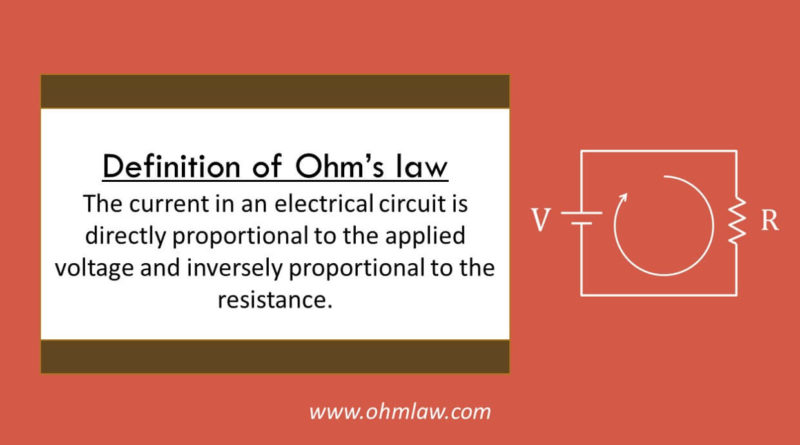Ohm’s law Definition [Define Ohm’s Law]
Basic Definition: The current in an electrical circuit is directly proportional to the applied voltage and inversely proportional to the resistance.
Mathematically V = IR
Other Ohm’s law articles:

Basic Definition: The current in an electrical circuit is directly proportional to the applied voltage and inversely proportional to the resistance.
Mathematically V = IR
Other Ohm’s law articles: